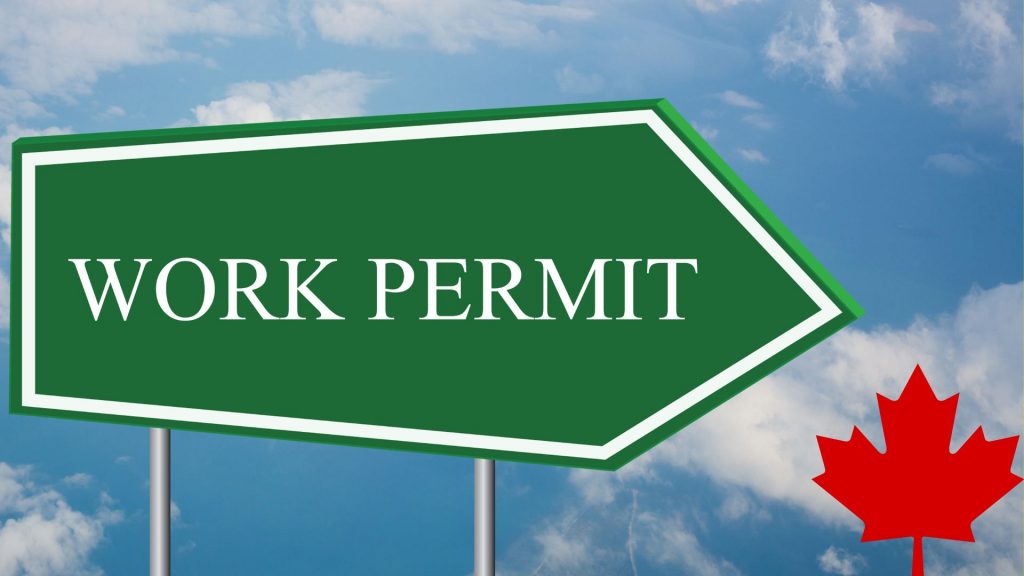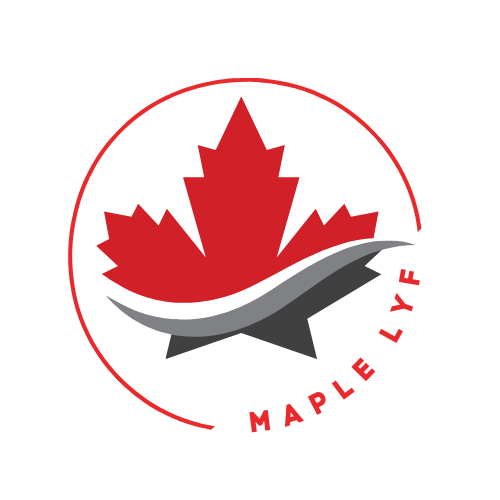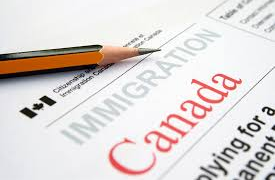
To obtain a temporary Canadian work visa, you must follow these simple steps:
1. An employer requests a labor market opinion (if necessary)
2. Employer offers temporary employment to international employees
3. Applicants seeking work permits include foreign professionals
4. A work permit is granted
Step 1: LMIAs (previously LMOs), or labour market impact assessments
In most situations, you must be eligible for a Labour Market Impact Assessment (LMIAs), formerly known as an LMO, from Service Canada before applying for a temporary Canadian work visa. A short-term tourist visa does not grant the right to work in Canada.
What distinguishes LMOs and LMIAs from one another?
Although the process for acquiring an LMIA is similar to that for LMOs, there are important distinctions.
High-Paying Jobs
The application forms are now more detailed than the previous LMOs.
Employers are required to produce a “transition plan” outlining their strategy for filling the position held by the temporary foreign worker on an ongoing basis;
Employers must maintain more thorough records during the foreign worker’s tenure in Canada;
Applications submitted by individuals will be handled more swiftly.
LMIA decisions will be given to foreign workers in skilled trades, highly compensated workers earning incomes in the top 10% of Canadian earnings, and workers immigrating for 120 days or fewer in 10 business days.
Low-Pay LMIAs/ Jobs
Low-Wage LMIAs have slightly different methods and requirements than High-Wage LMIAs. Compared to high pay employment offers, low income job offers are subject to more limitations.
Employers can now only recruit a foreign worker for one year at a time for low-wage positions if the LMIA is positive.
Low-wage foreign workers cannot make up more than 10% of the workforce in companies with more than ten employees.
Employers whose workforces do not adhere to this regulation will be subject to transitional measures.
No longer will Canadian businesses in the hospitality and food service industry, as well as the retail trade industry, be able to submit LMIA applications for positions in 10 lower-skill occupations.
Canadian businesses must now meet the same requirements as high-wage LMIA applicants, including paying a higher application cost, completing longer application forms, and maintaining thorough records of their hiring procedures.
Step 2: Extending Temporary Job Offer by the Employer
The company is required to provide the foreign skilled worker with a copy of the approved LMIA and a thorough “job offer letter.”
According to CIC, Canadian businesses must create a formal employment contract, or “job offer letter,” which must contain the following information:
- The position’s job title
- Descriptions of jobs
- Conditions for applying for the temporary employment
- Information about the start and finish dates
- Details on the pay
- The company’s name and address
The legitimacy and reality of the job offer will be confirmed by Canada Service Agency. The Canadian Immigration Department (CIC) will provide employment permission for the firm’s potential workers to work in Canada once it has verified the job offer with an LMIA. The Canadian business may make a temporary job offer to the foreign skilled worker after the LMIA has been approved.
Step 3: Application for a Work Permit by a Foreign Skilled Worker
You can apply for a Canadian Temporary Work Permit after you have an LMIA and “Job Offer Letter” in order. You may also need to get a Certificat d’acceptation du Québec (CAQ) to work temporarily in Quebec if the employer recruiting you is located in the province of Quebec. You might need to appear in person for a visa officer interview while requesting a temporary foreign working permit. A Canada Work Permit will be awarded if the visa officer is certain that the foreign worker’s employment will not negatively impact Canadians’ ability to find employment in Canada and that the foreign worker is qualified for the role.
Note: Occasionally, candidates from specific nationalities will need to go through medical testing.
Step 4: Obtain a Temporary Work Permit for Canada
When the skilled foreign worker arrives in Canada, a Canada Border Services Agency (CBSA) officer will issue the Canadian Temporary Work Permit. In order to enter Canada, a Temporary Resident Visa (TRV) may also be required, depending on the nationality of the foreign worker. To acquire a work visa, there are a few additional straightforward procedures to go through.
Note: You can qualify for two-week application processing if a specific position in your job is at the NOC 0 (managerial, executive) or NOC A (professional) level.







Good morning how to apply passport holder thanks God bless 🙏
Hello I’m a looking for a job in Canada because this is my dream country I am a skilled worker here in Philippines a position of electrical and Im willing to work any kind of position in Canada. Can you help me 🙏